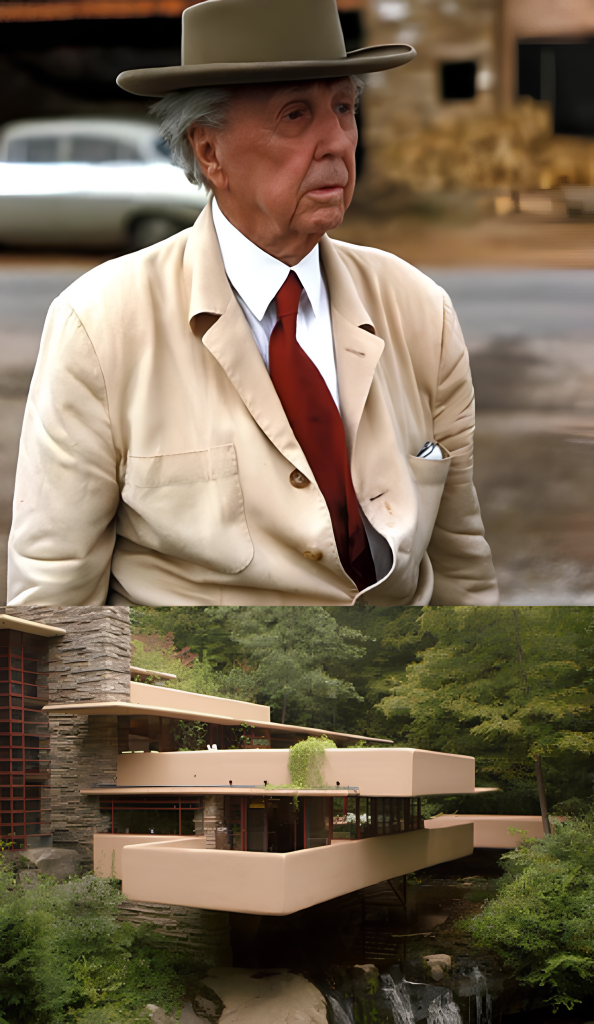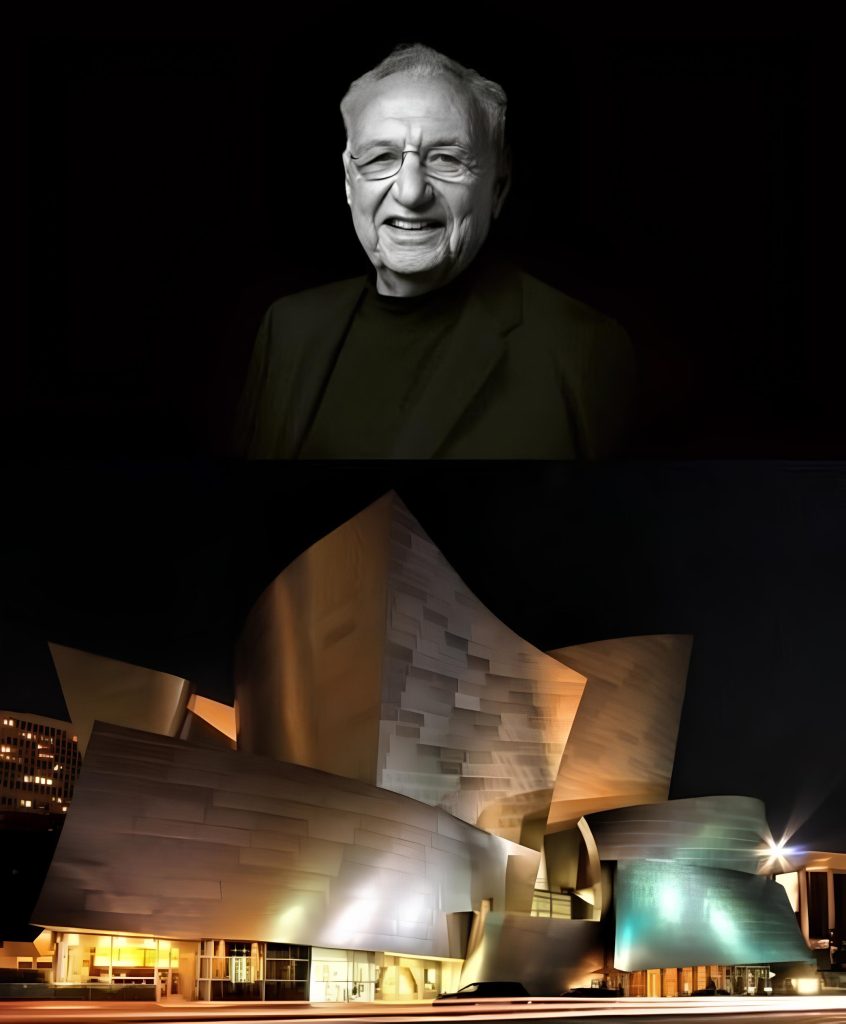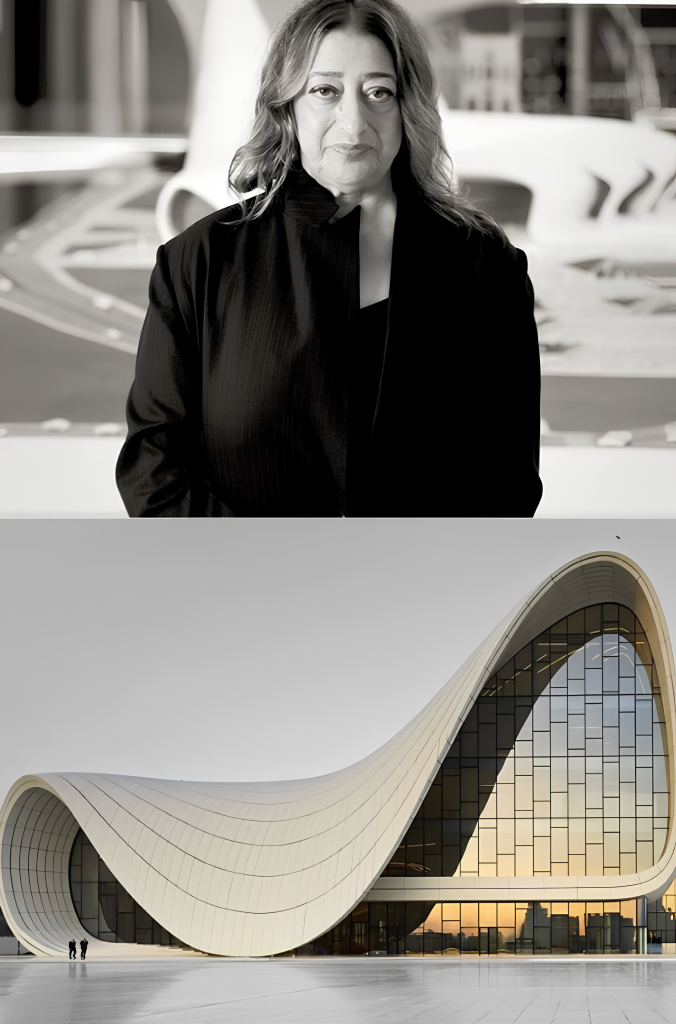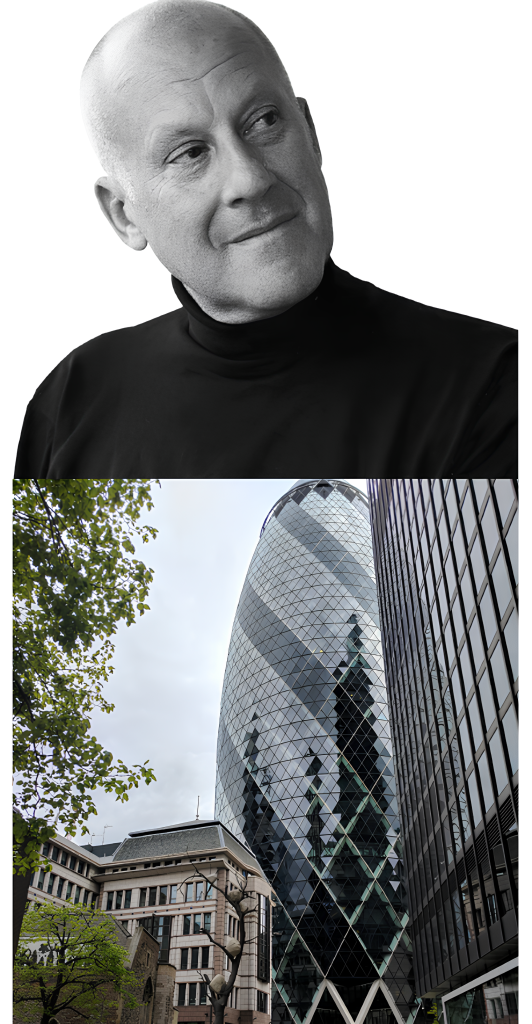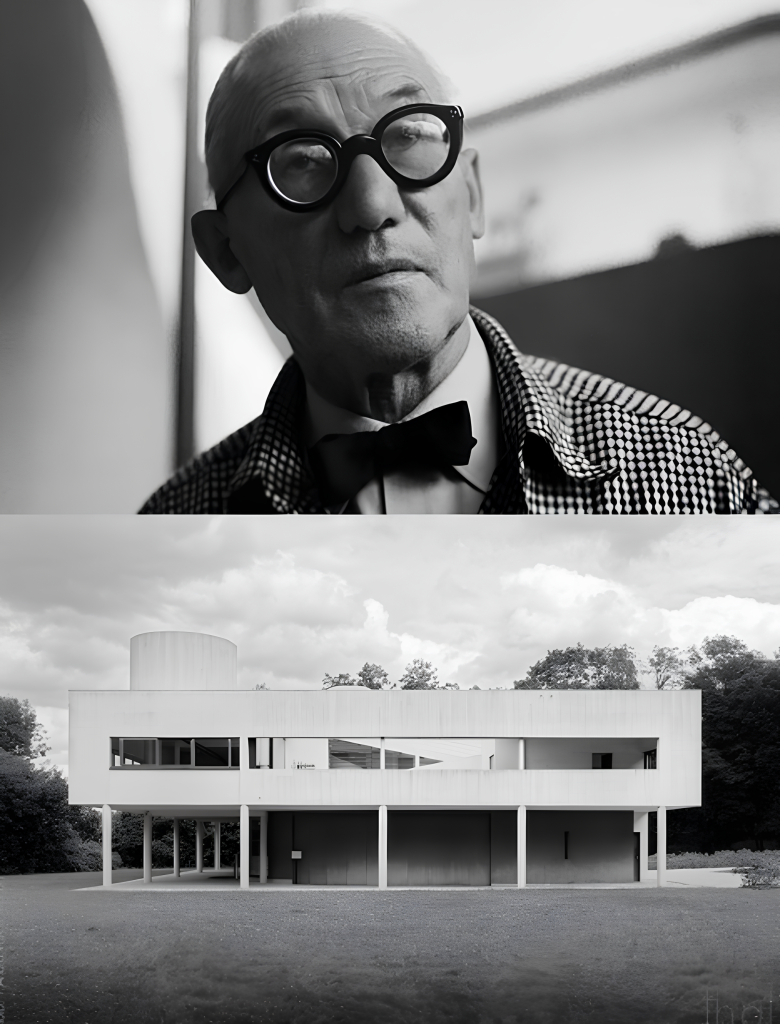The World’s Best Architects and Their Stories
Frank Lloyd Wright famously said, “The mother art is architecture. Without an architecture of our own, we have no soul of our own civilization.” These words highlight the vital role architecture plays in shaping not only our buildings but also the essence of our culture and identity. Through the years, talented architects have gone beyond creating functional spaces—they have designed structures that inspire, awe, and reflect the spirit of their time.
From towering skyscrapers to intricate landmarks, these visionary architects have shaped the way we live, work, and experience the world. Their designs are more than just buildings; they are stories of creativity, innovation, and passion.
In this article, we’ll take a closer look at the lives, achievements, and iconic works of some of the most famous architects who have left an unforgettable mark on modern architecture and design.

